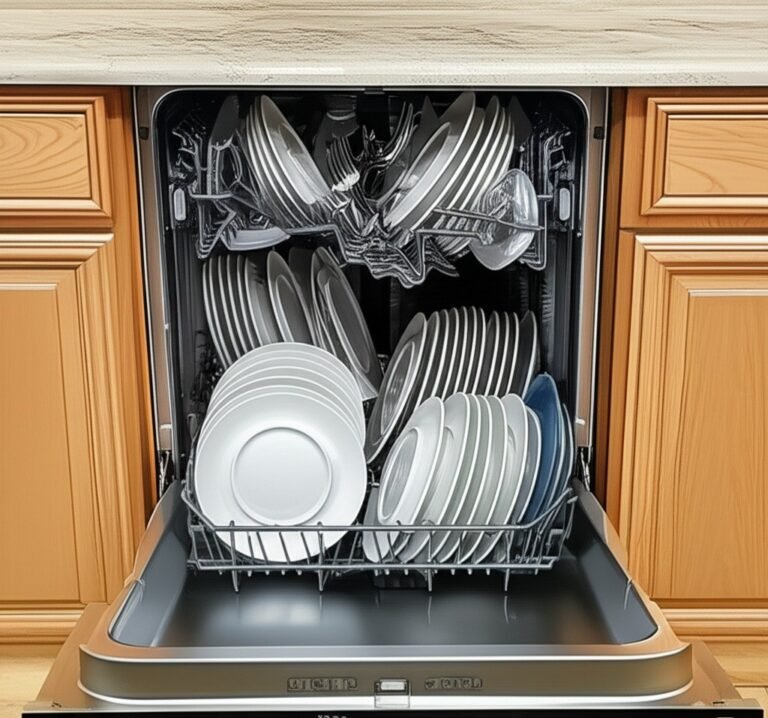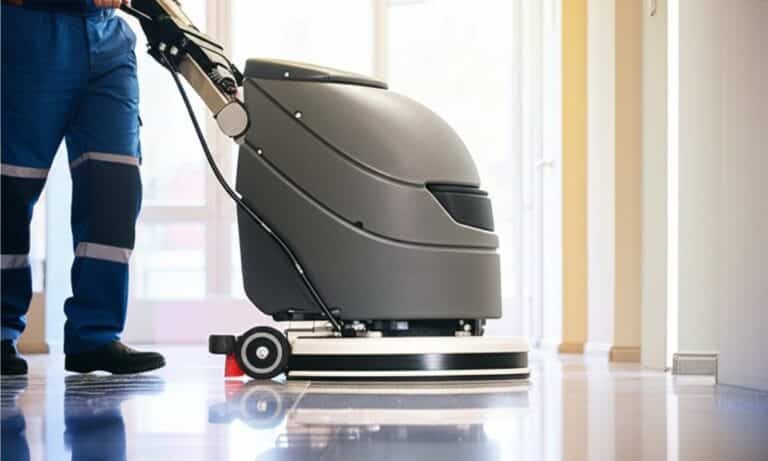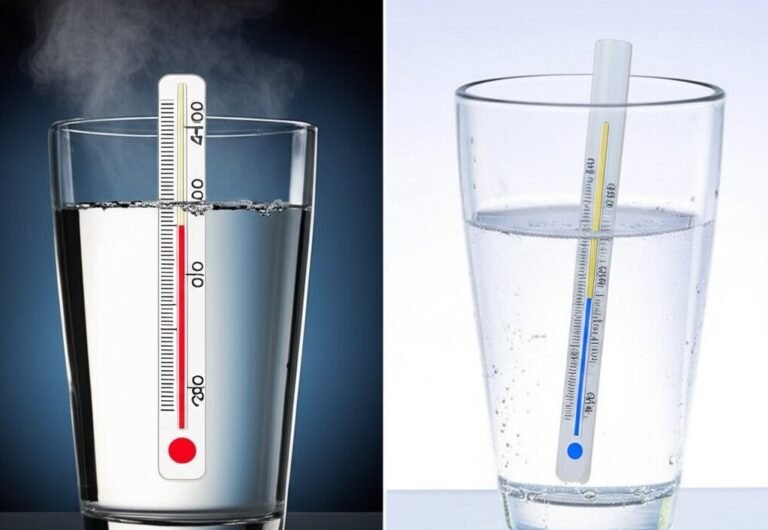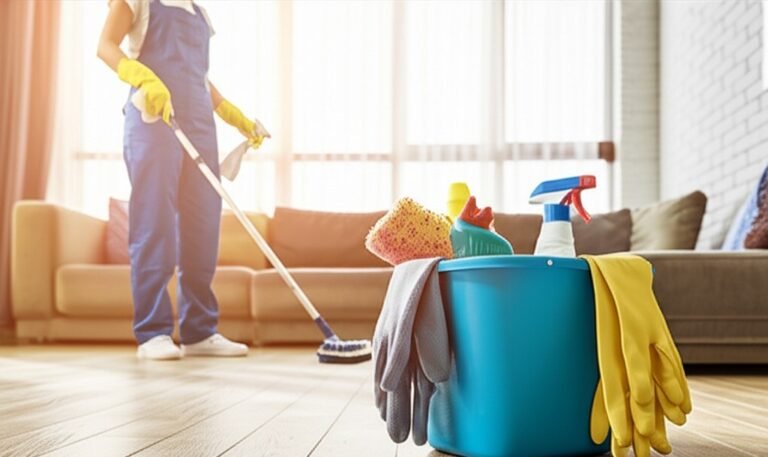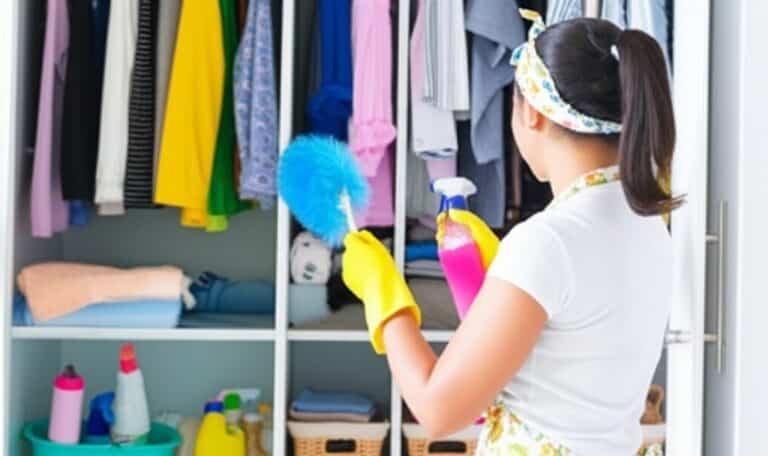Hey there, fellow clean freaks! Today, we’re diving into the High-Contact Surface Cleaning. You know, the spots we all touch a zillion times a day but might not give the TLC they deserve when we’re on a cleaning spree. Let’s break down the best practices to keep these germ hubs in check and ensure our homes are not just clean, but hygienically clean.
Why Focus on High-Contact Surfaces?
This constant, almost invisible traffic makes high-contact surfaces hotspots for germs to hitch a ride, leading to their spread throughout your home. And it’s not just about colds or the flu. With the world having faced something as serious as COVID-19, our awareness of how easily illnesses can spread has skyrocketed. These aren’t just precautions for the here and now; they’re lessons for a lifetime of healthier living.
The interaction between our hands and these surfaces is a two-way street. Just as we can pick up germs from them, we can also deposit germs onto them. If one person in the household is sick, their touch can turn a simple doorknob or remote control into a vessel for illness that can affect others.
By focusing on these areas, we’re not merely performing routine cleaning; we’re actively participating in preventive healthcare for our families. It’s about creating a living space that supports wellbeing, minimizing the risk of illness and ensuring that our homes remain safe havens where health can thrive.
Best Practices for Cleaning High-Contact Surfaces
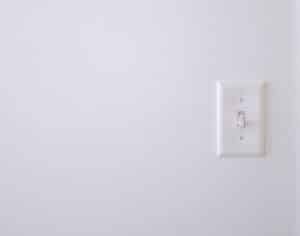
1. Know Your Enemies – And Your Allies
Now, for the everyday, run-of-the-mill dirt and grime, soap and water are your go-to. This duo is like the dynamic superhero team of cleaning, capable of tackling a wide range of common germs by simply breaking down the grease and dirt they cling to. It’s a gentle, effective way to keep surfaces clean without going overboard.
There are times when we’re up against more formidable opponents – pathogens that require a bit more firepower to take down. This is where EPA-registered disinfectants enter the scene, armed and ready to eliminate viruses and bacteria that are tougher to kill. Choosing the right disinfectant is akin to selecting the perfect tool for a job; you wouldn’t use a sledgehammer to crack a nut, right? Similarly, using these powerful cleaners is about targeting specific germs with precision and efficiency.
But here’s the kicker: not all disinfectants are created equal. Each product is formulated to tackle specific types of germs, so it’s essential to read labels and understand what each one is designed to do. Think of it as getting to know your allies in the battle against germs. Just like in any good strategy game, knowing the strengths and weaknesses of your team members can make all the difference in achieving victory.
Using these disinfectants isn’t just a matter of spraying and wiping; timing plays a crucial role. Most disinfectants need to stay on the surface for a specific period to effectively kill germs – this is often referred to as the ‘dwell time.’ Rushing this process can be like pulling your cookies out of the oven too early; they might look okay, but they’re not quite done.
2. Timing is Everything
When we say “timing is everything,” it’s not just a catchy phrase—it’s a fundamental principle of effective cleaning. Imagine your home as a bustling city. Throughout the day, its inhabitants (you, your family, maybe pets) go about their activities, interacting with various “public spaces” within this city—doorknobs, countertops, light switches. Just as a city needs regular maintenance to stay clean and functional, so does your home, especially these high-traffic areas.
Regular cleaning is like the routine street sweeping that keeps the main roads clear of debris. It’s essential, but sometimes, especially after a parade (or a playdate), you need to ramp up the efforts. This is where frequency comes into play. The more activity a surface sees, the more frequently it needs attention. In a household bustling with kids, pets, or guests, these surfaces become like Grand Central Station at peak hours—busy and prone to accumulating unwanted “travelers” (aka germs).
Increasing the cleaning rounds in such scenarios isn’t just about keeping up appearances; it’s about actively reducing the opportunities for germs to settle in and invite their friends over for a party. It’s about recognizing that in the dynamics of daily life, the chances for germ transmission grow with every touch, every sneeze, every snack prepared on the kitchen counter.
Think of it this way: the goal isn’t to turn your home into a sterile lab (because, let’s face it, that’s neither feasible nor desirable) but to manage the ecosystem of your home in a way that minimizes risk and maximizes health. It’s about creating a rhythm of cleanliness that aligns with the rhythm of your life. Busy days with lots of coming and going might call for a quick wipe-down of surfaces in the evening. Less hectic days might afford a bit more leeway.

3. The Right Technique Matters
Let’s start with the initial step: cleaning the surface with soap and water. This isn’t just a cursory prelude to the main event of disinfecting; it’s a critical phase that ensures the effectiveness of the entire process. By removing dirt and grime, soap and water prepare the stage, so to speak, clearing away the clutter that can shield germs from the lethal touch of disinfectants. It’s akin to clearing weeds from a garden so that the plants can grow unimpeded.
Once the stage is set and the surface is clean, the application of the disinfectant takes center stage. This step isn’t just about applying the product; it’s about allowing it to perform its role thoroughly. The concept of “dwell time,” or the amount of time a disinfectant should remain on the surface to be effective, is crucial here. Ignoring this is like baking a cake without setting the timer—results will be unpredictable at best, and ineffective at worst.
The application technique matters as much as the dwell time. A common misconception is that more is always better, leading to an overzealous use of disinfectant. However, the aim should be to coat the surface evenly, ensuring complete coverage without oversaturating. Think of it as painting a masterpiece; every stroke is deliberate, every application mindful of the end goal.
Following the product’s instructions isn’t just about compliance; it’s about respect for the chemistry behind the cleaning. Each disinfectant is formulated with specific parameters in mind, and straying from these can not only diminish its efficacy but also potentially harm the surfaces you’re trying to protect.
4. Mind the Tools of the Trade
Exploring further the “Mind the Tools of the Trade” aspect of keeping high-contact surfaces clean, it becomes clear that the tools we choose play a pivotal role in the effectiveness and efficiency of our cleaning practices. Microfiber cloths, in this context, are not just tools but allies in our quest for a cleaner, healthier home environment.
Microfiber cloths stand out for their ability to trap and hold onto dirt, dust, and germs more effectively than traditional cleaning cloths. This is due to their unique composition; millions of tiny fibers work together to create a surface area much larger than what meets the eye. These fibers act like tiny hooks, capable of grabbing onto even the smallest particles. Using microfiber is akin to having a high-powered magnet for dirt and germs, ensuring that when you clean a surface, you’re not just moving these particles around but actually removing them.
The reusability of microfiber cloths further enhances their appeal, not just from a practical standpoint but also from an environmental perspective. In a world increasingly conscious of sustainability, choosing tools that can be washed and reused is a small but significant way to reduce waste. However, this benefit comes with the responsibility of regular laundering. Proper care of these cloths is essential to maintain their effectiveness; without regular cleaning, they can become a breeding ground for the very germs we’re trying to eliminate.
Laundering microfiber cloths is not particularly cumbersome but requires some attention to detail. Hot water and a gentle, bleach-free detergent can help ensure that the cloths are thoroughly cleaned and disinfected. Avoiding fabric softeners is crucial as they can coat the fibers, reducing their ability to trap dirt and germs. Similarly, drying them on a low heat setting helps maintain their integrity, ensuring they’re ready for their next use.
Having a good rotation of cloths can prevent cross-contamination. Designating specific colors for different areas of the home, for instance, can be a simple yet effective strategy to keep things organized and sanitary. This way, the cloth used on the bathroom surfaces doesn’t mistakenly find its way to the kitchen counter.
5. Safety First
The use of harsh chemicals, often deemed necessary for their potent germ-killing capabilities, comes with its own set of risks that must be managed with care and understanding.
Ventilating your space is not just a casual tip; it’s a critical step in safeguarding against the potential hazards that these chemicals can pose. Proper ventilation helps to dissipate the potent fumes that many disinfectants and cleaners emit, reducing the risk of respiratory irritation or more serious health issues. Opening windows and doors or using fans can help circulate fresh air, creating a safer environment for you and your loved ones. It’s akin to giving your home a breath of fresh air, quite literally, ensuring that the process of disinfecting doesn’t compromise the air quality inside your home.
Wearing gloves is another fundamental safety practice that serves a dual purpose. On one hand, it protects your skin from direct contact with cleaning agents that can cause dryness, irritation, or chemical burns. On the other hand, gloves can also prevent the spread of germs from surface to surface and back to your skin. It’s a simple yet effective barrier method, much like wearing a helmet when riding a bike. It doesn’t just protect you in case of an accident; it’s a proactive measure to ensure that the ride is as safe as possible.
But safety doesn’t stop at ventilation and protective wear. It extends to the thoughtful selection of cleaning products themselves. Opting for less harsh, environmentally friendly options when possible can reduce the health risks to household members and pets. Many brands offer effective alternatives that are formulated to be gentler on both humans and surfaces, proving that powerful cleaning doesn’t always require powerful chemicals.
Storing cleaning supplies safely is crucial. Keeping them out of reach of children and pets, clearly labeling homemade solutions, and ensuring that caps and lids are securely fastened can prevent accidental ingestions and exposures. It’s about creating a safe ecosystem within the home, where cleanliness coexists with wellbeing.
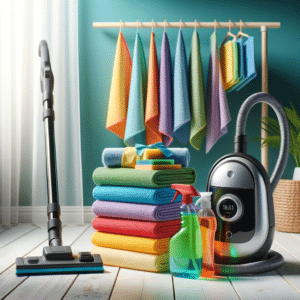
Embracing the Benefits of High-Contact Surface Cleaning
As we wrap up this deep dive into keeping high-contact surfaces clean, it’s clear that the journey to a healthier home is a blend of diligence, knowledge, and the right techniques. Adopting these best practices into your daily routine transforms the task of cleaning from a mundane chore to an act of care for your living space and the people who share it with you. It’s about more than just aesthetics; it’s a proactive approach to wellness, ensuring that your home remains a sanctuary of health and happiness.
However, we understand that life gets busy. Between work, family, and personal commitments, finding the time and energy to maintain this level of cleanliness can be a challenge. That’s where the professionals come in. Toronto Shine Cleaning offers comprehensive cleaning services that take the burden off your shoulders, ensuring that your home is not just clean, but deeply sanitized and cared for. Their team of experts is well-versed in the nuances of keeping homes healthy, using the best tools and products to tackle those high-contact areas effectively.
Choosing Toronto Shine Cleaning means giving yourself the gift of time and peace of mind, knowing that your home is in good hands. Their services are tailored to meet the unique needs of your space, ensuring that every nook and cranny receives the attention it deserves. So, if you’re looking to minimize the risk of germ transmission while keeping your home sparkling, consider letting the pros do the heavy lifting.














